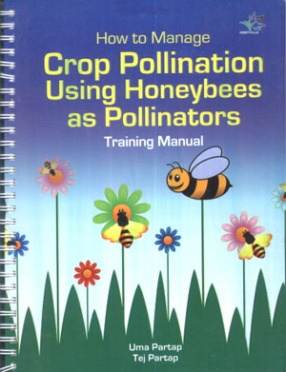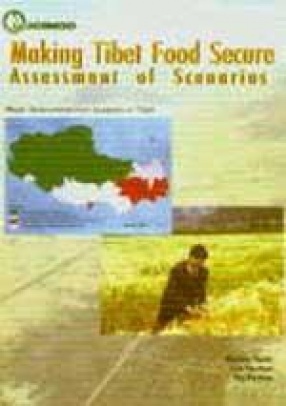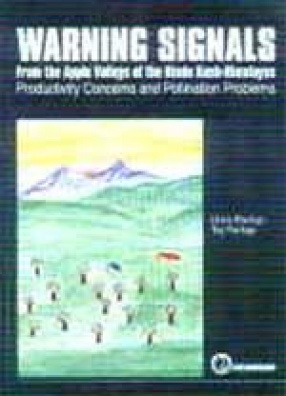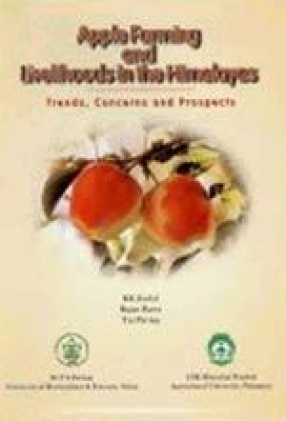
Showing all 5 books


This manual about managing crop pollination using honeybees, is written in easy to follow language and is full of explanatory diagrams. It is written to serve as a guide to field extensionists and farmers, to promote wider use of honeybees for crop pollination. The manual consists of seven chapters supporters by illustrations. Through these chapters, the manual explains how honeybees can be used effectively for cross-pollination to enhance productivity and yield ...

The Tibetan plateau is a vast area of soaring mountains, moving glaciers, high altitude plains, turquoise lakes, and steep gorges. This high mountain area covers over one-third of the Hindu Kush-Himalayas (HKH) and one-fifth of the area of China, along with smaller parts of most neighbouring countries in the region. The great rivers of Asia originate in this area, including: the Brahmhaputra (Yalongzanpo), the Ganges/Pong Qu, the Indus (Shiquan He), the Mekong ...

The great majority of people in the Hindu Kush-Himalayan (HKH) region depend upon agriculture as their main source of livelihood; most are mountain farmers with small farms covering less than two hectares of cultivated land. Thus the well-being of mountain people is to a great extent determined by the state of mountain agriculture; and the potential for economic improvement by the ability to grow crops for sale rather than consumption. Mountain agriculture in the ...

Apple cultivation is today widely recognized in the Hindu Kush Himalayan region for the successful diversification of subsistent mountain agriculture into cash crop farming. There are niches in the entire Hindu Kush Himalayan region countries where, due to apple farming, socioeconomic conditions of marginal mountain farmers have significantly improved during the last four decades. The future sustainability of apple farming, however, has become a matter of concern ...
